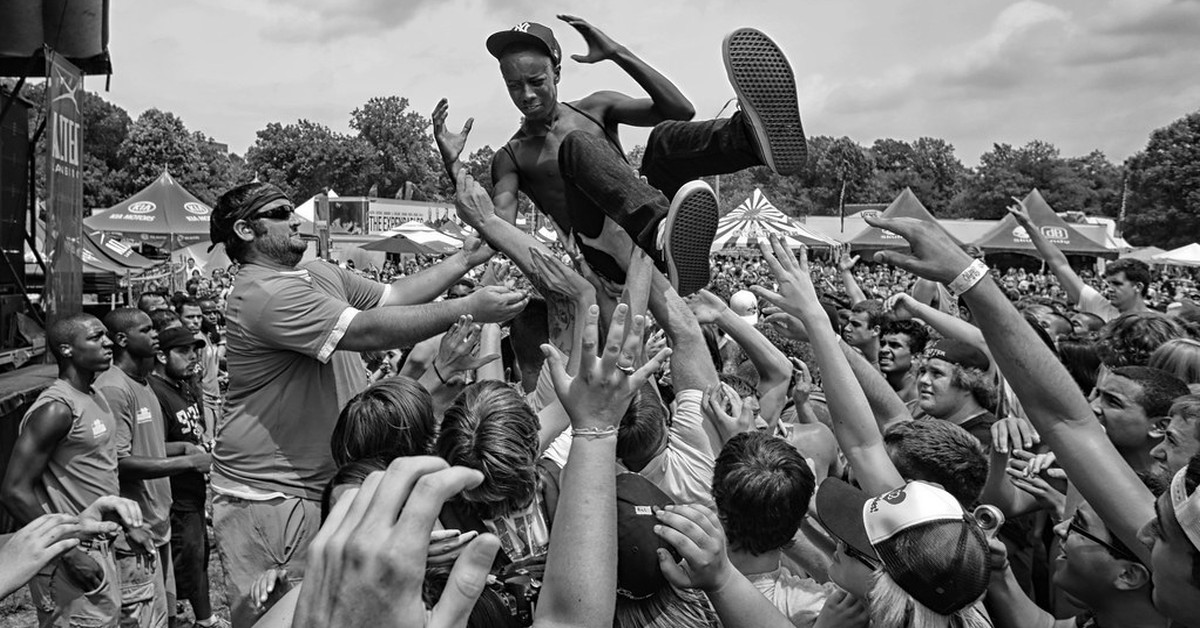
Do moshers take physics lessons? Cornell physicists suggest that heavy metal mosh pits, despite appearing chaotic, actually follow a logical pattern akin to gaseous particles, Popular Science reports. This insight could aid in predicting crowd behavior during emergencies and improving evacuation strategies to save lives.
The idea of a connection between moshing and gas dynamics struck Jesse Silverberg, a Cornell physics graduate student and mosh enthusiast, during a heavy metal concert. He and his colleagues, Matthew Bierbaum and James Sethna, collected YouTube videos of moshing at metal concerts, cleaned up the footage, and converted it into a two-dimensional format. They observed that moshers resembled gas particles in their movements.
To further investigate their findings, they created a real-time mosh pit simulator, exploring variables such as particle softness and collision speed. Each simulated human mosher was represented as a “simple soft-bodied particle” called a Mobile Active Simulated Humanoid (MASHer). When increasing the speed in the simulated mosh pit, it became apparent how innocent molecules could be trampled in the chaos.
Click here or the below image to access the mosh pit simulator.

The research made possible by the simulator sheds light on the behavior of apparently disorderly crowds. The more comprehensively researchers grasp this behavior, the more streamlined they can make exit routes and emergency evacuation strategies, potentially leading to saved lives.
